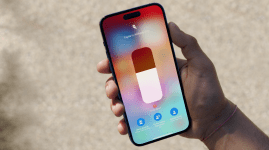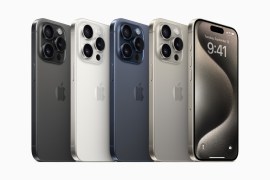USB explainer: what’s USB 4, USB-C, and more?
Get connected with our USB guide

USB, short for Universal Serial Bus, more than likely powers a number of your home gadgets, smartphones and headphones. But as USB standards have evolved over time, this has often lead to some confusion among users.
Currently, the most commonly used USB standards are USB 3.1, USB 3.2, and USB 4.0. Physically, USB connectors now come in three versions: USB-A, USB-B, and USB-C. But what’s the difference between all these USB formats? Let us unpick the finer details for you.
Why USB?
USB is a widely used interface that has revolutionised how we connect peripherals to our computers and other hosts. The USB standardisation ensures that USB devices can be used interchangeably across different devices and platforms, making it a versatile and convenient technology for various applications.
Before the introduction of USB, electronics relied on various legacy connectors and protocols, such as serial ports, parallel ports, and FireWire. They often required specific drivers and configurations, making it difficult to use and share devices across different systems. The introduction of USB in 1996 solved this problem by providing a standardised interface compatible with a wide range of devices and operating systems.
Today, USB has become the de facto standard for connecting peripherals to computers, including devices such as keyboards, mice, printers, cameras, and external hard drives. USB has also evolved over the years, with newer versions offering qucker transfer speeds and more power delivery capabilities, making charging devices such as smartphones and tablets possible.
USB standards: USB 3.1, USB 3.2, and USB 4
USB 4
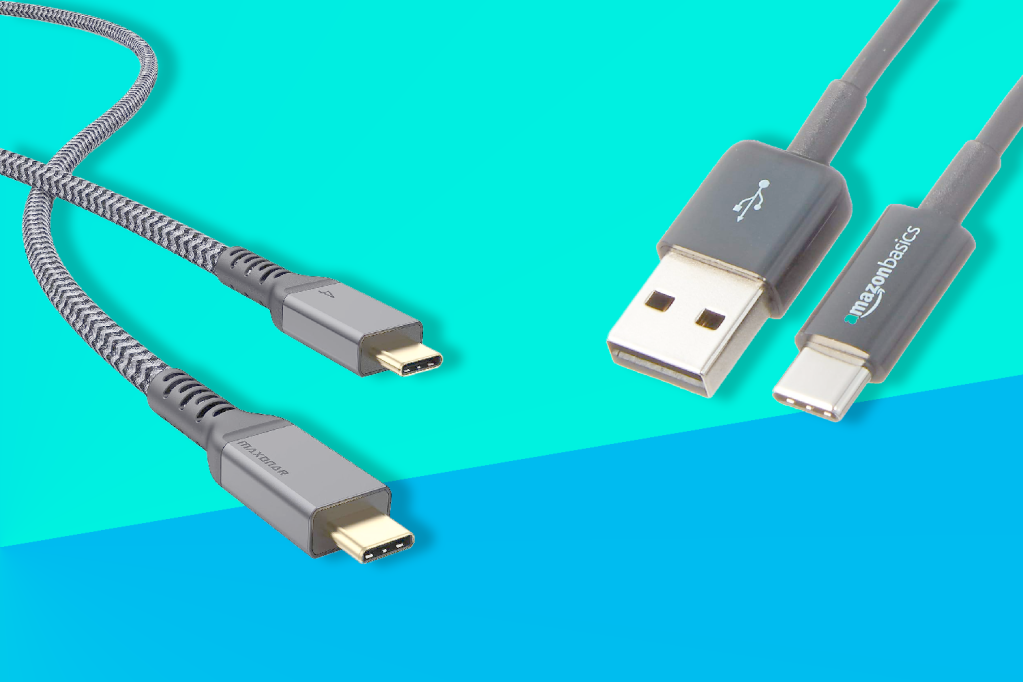
The latest USB standard, USB 4, was released in 2019. It offers a maximum data transfer rate of 40Gbps, making it twice as fast as Thunderbolt 3. Intel has donated its Thunderbolt 3 protocol specification to the USB-IF, which aligns it with the Thunderbolt 4 specification. As a result, USB 4 devices are compatible with Thunderbolt 3 ports, and vice versa.
The USB-IF is a non-profit corporation founded by the developers of USB, and it sets the standards for USB technology. USB 4 is now found exclusively in the USB-C connector and is commonly used for external hard drives, SSDs, video devices, monitors, and docks.
Key features of USB 4 include:
- 40Gbps data transfer rate: USB 4 can transfer data at up to 40Gbps, twice as fast as Thunderbolt 3. You can transfer large files much faster, such as HD videos. USB 4 can transfer data at up to 40Gbps, twice as fast as Thunderbolt 3. You can also transfer large files much faster, such as HD videos.
- Thunderbolt: USB 4 and Thunderbolt 3 ports are interchangeable, offering more device and cable options.
- Single cable docking: USB 4 can link various devices to a single port, reducing cable clutter and organizing your workspace.
- Power delivery: USB 4 can deliver up to 100 watts of power, enough to charge most laptops and tablets with a single data transfer cable.
Various devices use the USB 4 standard, including phones, laptops, external hard drives, SSDs, monitors, and docks.
USB 3.1
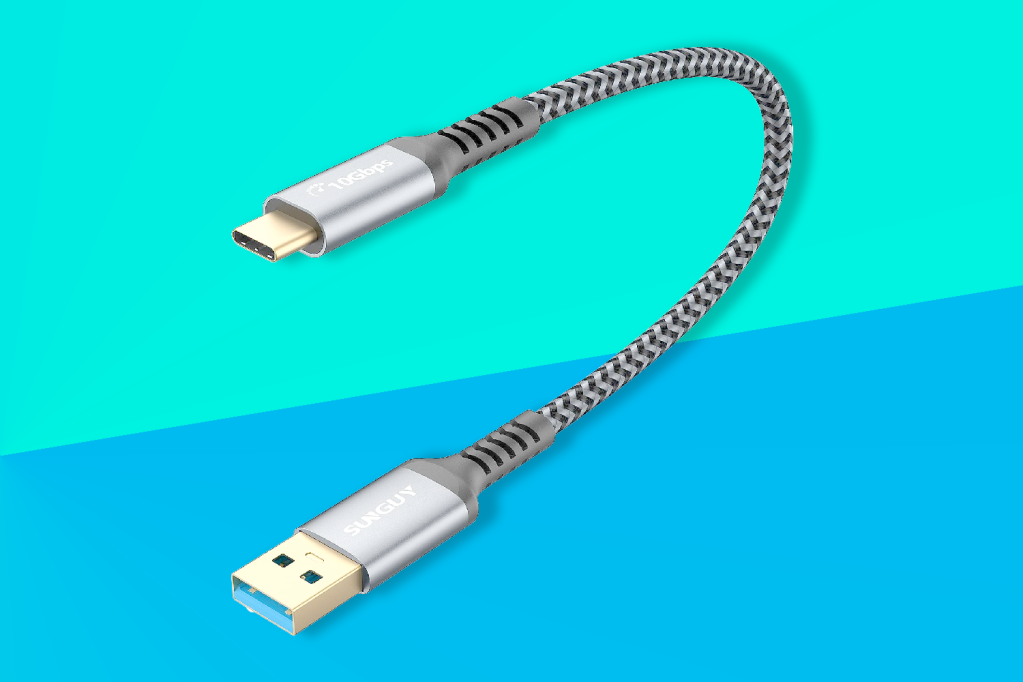
USB 3.1 is the third major revision of the USB standard to connect peripheral devices to computers. USB-IF introduced this standard in 2013. It offers twice the data transfer rate of USB 3.0, up to 10Gbps. USB 3.1 is backward compatible with its predecessors, USB 3.0 and USB 2.0, making it easier to use with older devices.
The USB 3.1 standard uses the same connectors as USB 3.0, such as USB-A and USB-B connectors. However, it also uses a new USB-C connector. This makes USB 3.1 a versatile and efficient option for connecting various devices to your computer.
USB-IF introduced two generations of USB 3.1. The first, USB 3.1 Gen 1, is also known as SuperSpeed USB and offers a maximum throughput of 5Gbps. The second type, USB 3.1 Gen 2 or SuperSpeed USB 10Gbps, offers a maximum throughput of 10Gbps.
The key benefits of using USB 3.1 include:
- Quicker data transfer speeds: USB 3.1 offers data transfer speeds of up to 10Gbps. This is twice what USB 3.0 provided. This makes it ideal for transferring large files, such as high-resolution videos or 3D models.
- Increased power delivery: USB 3.1 ports can provide up to 100 watts to charge laptops and other high-power devices.
Considering it’s a decade old, the USB 3.1 standard is gradually being phased out, which is to be expected.
USB 3.2
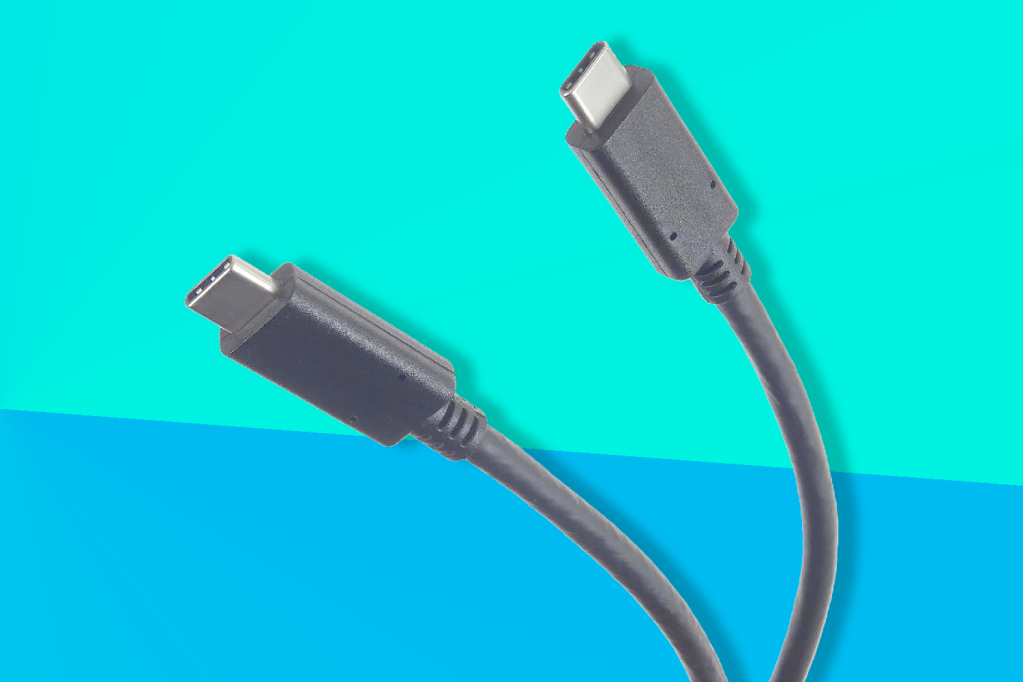
The USB 3.2 standard was released in 2017 and offers a maximum data transfer rate of 20Gbps, twice as fast as USB 3.1. Like with previous versions, there’s backward compatibility. However, you can only get 20Gbps if the device and port are USB 3.2 compliant.
USB 3.2 has three generations: Gen 1 (5Gbps), Gen 2 (10Gbps), and Gen 2×2 (20Gbps).
You can find USB 3.2 on a variety of devices, including external hard drives, SSDs, and other high-speed storage devices. It is also used to connect video devices, such as external monitors and docks.
Various benefits of USB 3.2 include:
- Faster data transfer speeds: USB 3.2 can transfer data at up to 20Gbps, twice as fast as USB 3.1 Gen 2. This means that transferring large files, such as high-definition videos, is much faster.
- Improved power delivery: USB 3.2 can transfer data and charge devices with up to 100 watts of power, making it a convenient single-cable solution for laptops and tablets.
With USB 3.2, you’ll have a USB-A or possibly the newer USB-C connector. USB 3.2 is commonly connected to high-speed storage devices and video devices such as external monitors and docks.
USB devices: USB-A, USB-B, and USB-C
There are three types of USB connectors: USB-A, USB-B, and USB-C.
USB-A
Many recognise USB-A as a commonly used type of USB connector. It has a rectangular shape with two rows of five pins. USB 2.0, USB 3.0, and USB 3.1 standards have been used in USB-A. The former has a maximum data transfer rate of 480Mbps, while USB 3.0 connectors provide a maximum data transfer rate of 5Gbps. USB 3.1 connectors have the highest maximum data transfer rate of 10Gbps.
USB-A connectors come in varying lengths, short for close connections and long for farther ones. USB-A connectors are found on printers, keyboards, mice, drives, card readers, monitors, and more.
USB-B

The USB-B connector is a more versatile option than USB-A. There are five pins in the square-shaped connector. Unlike its predecessor, USB-B supports USB 2.0, USB 3.0, and USB 3.1, offering the same transfer rates as mentioned above.
The availability of USB-B connectors in different lengths, including short cables for connecting devices nearby and longer cables for devices farther apart, makes it a convenient choice for users. Whether you need to connect a printer to your desktop computer, a scanner to your laptop, or any other device, USB-B is a reliable and efficient option that can meet your needs.
Printers, scanners, external hard drives, flash drives, card readers, some smartphones, and tablets are among the many devices that use USB-B connectors.
USB-C
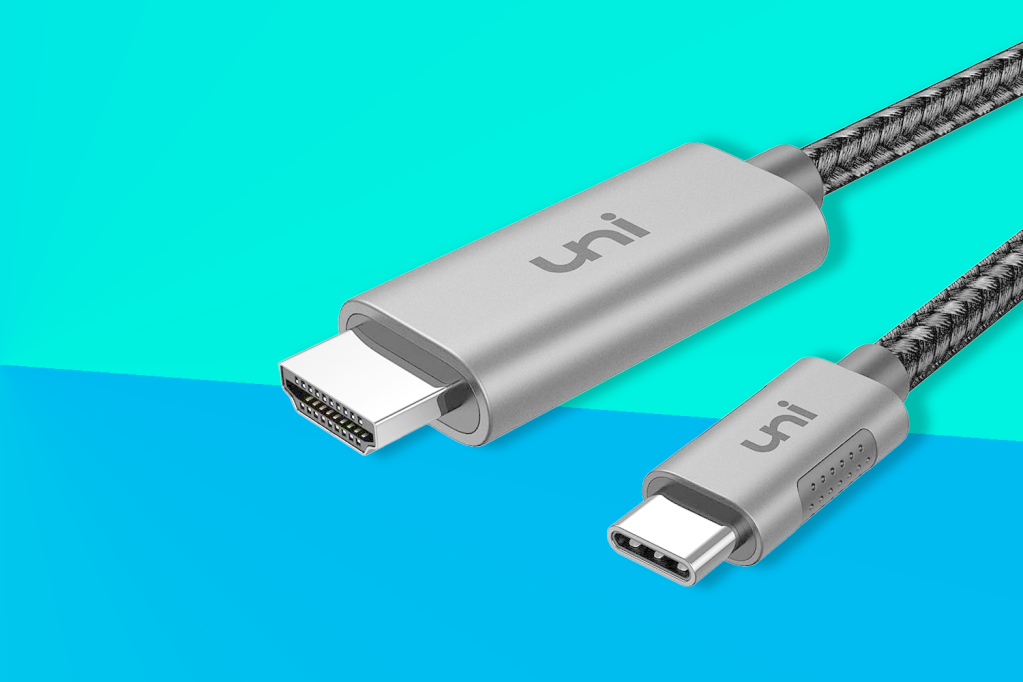
In recent years, USB-C has gained tremendous popularity as the most advanced type of connector available. The user-friendly design and faster data transfer speeds make it a top choice for tech-savvy individuals, businesses, and consumers.
One of the most significant advantages of USB-C is its smaller size, which allows for more compact devices. You can plug the symmetrical connector in any direction and with little hassle. Moreover, USB-C connectors’ higher power delivery capacity makes them suitable for charging laptops and other high-powered devices.
As technology evolves, USB-C will likely become the standard for all devices, including smartphones, tablets, and laptops. The USB-C connector’s versatility and enhanced capabilities have made it the go-to choice for consumers and businesses looking for faster data transfer speeds. It also offers enhanced charging capabilities and a more user-friendly design.
USB-C connectors are available at different speeds. USB 3.1 Gen 2 connectors offer a maximum data transfer rate of 10Gbps. In comparison, USB 3.2 Gen 2 connectors provide 20Gbps, and USB 4 connectors offer 40Gbps.
The USB-C connector is becoming increasingly popular, and is about to become a legal requirement. EU ministers have given their backing to USB-C as the universal charging port. From 2024, manufacturers must release new electronic devices such as phones, tablets, and headphones with USB-C. This is the main reason why Apple’s iPhone 15 series will be the first to feature a USB-C port. Better late than never, we suppose.
Recommended: Best laptop: notebooks for work and play reviewed
